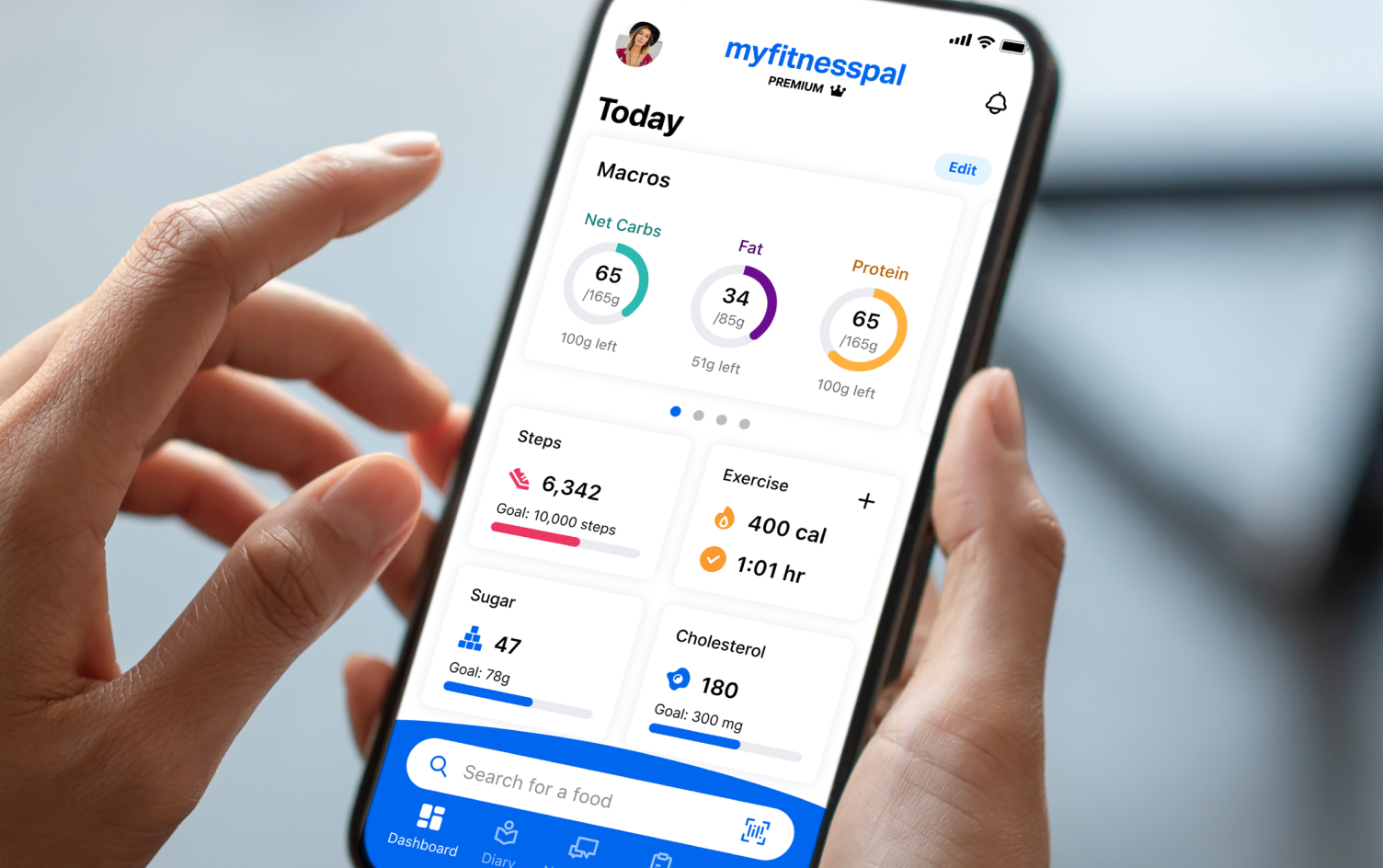Purchasing a vehicle is more than just a transaction—it’s a significant life decision that impacts your daily routine, finances, and overall lifestyle. Whether you're a first-time buyer or a seasoned driver looking to upgrade, the process can feel overwhelming given the vast array of options, features, and financial considerations involved.
In this article, we’ll guide you through each step of the car-buying journey, helping you make informed, confident decisions. From assessing your personal needs and setting a realistic budget to test-driving and exploring financing options, this comprehensive guide will empower you to choose a vehicle that aligns perfectly with your lifestyle and goals.
No. 1
Understand Your Needs and Lifestyle
The foundation of a smart vehicle purchase lies in understanding your unique requirements. Start by evaluating how you use your current vehicle—or how you plan to use your new one.
Key Considerations:
Daily commute: Do you drive long distances or navigate city traffic?
Passenger needs: Do you need space for a growing family, pets, or carpooling?
Cargo space: Will you be transporting sports gear, groceries, or work equipment?
Driving environment: Are you mostly on highways, city streets, or off-road trails?
For instance, a compact car might be ideal for urban environments with tight parking and heavy traffic, while a spacious SUV or crossover could be better suited for families or those who enjoy weekend getaways.
No. 2
Set a Realistic Budget
Before stepping foot in a dealership or browsing online listings, it’s crucial to establish a clear and realistic budget. This ensures you stay within your financial limits and avoid unnecessary stress down the road.
Budgeting Tips:
Include all costs: Factor in insurance, fuel, maintenance, registration, and taxes—not just the sticker price.
Consider financing: If you’re planning to finance, calculate what monthly payment fits comfortably within your income.
Plan for the future: Choose a vehicle that won’t become a financial burden as it ages.
Setting a firm budget helps you narrow your choices and focus on vehicles that offer the best value within your price range.
No. 3
Research Makes and Models
Once you’ve defined your needs and budget, it’s time to dive into research. The more informed you are, the better equipped you’ll be to make a smart decision.
Research Resources:
Online reviews and ratings: Use trusted automotive websites to compare reliability, performance, and user satisfaction.
Safety and fuel efficiency: Prioritize vehicles with high safety ratings and strong fuel economy to reduce long-term costs.
Manufacturer websites: Explore features, trims, and warranty information directly from the source.
Visiting local dealerships can also offer valuable insights. For example, if you're located in California, visiting a reputable Jeep dealer in Sacramento like Hoblit Dodge allows you to explore a wide range of vehicles and receive expert guidance tailored to your needs.
Tesla Accessories
Wholesaler of Tesla accessories—providing quality products at great prices for an optimal driving experience.
No. 4
Consider New vs. Used Vehicles
The decision between buying new or used is a major one, and each option offers distinct advantages depending on your priorities.
New Vehicles:
Latest technology and safety features
Full manufacturer warranties
Lower maintenance concerns in the early years
Used Vehicles:
Lower purchase price and depreciation
Potential for higher-end models within your budget
Certified pre-owned (CPO) options offer added peace of mind
If you choose a used vehicle, always request a vehicle history report, check maintenance records, and consider a mechanical inspection to avoid hidden issues.
No. 5
Test Drive and Evaluate
A test drive is your opportunity to experience the vehicle firsthand and ensure it meets your expectations. Don’t rush this step—it’s one of the most important parts of the buying process.
What to Look for During a Test Drive:
Comfort and ergonomics: Are the seats supportive? Is the cabin quiet?
Handling and performance: How does the vehicle respond to acceleration, braking, and cornering?
Visibility and controls: Are the mirrors, dashboard, and infotainment system intuitive and easy to use?
Test-driving multiple vehicles helps you compare options and ensures you choose a car that feels right both emotionally and practically.
No. 6
Explore Financing and Incentives
Financing is often a necessary part of buying a vehicle, but it doesn’t have to be complicated. Understanding your options can save you money and give you greater negotiating power.
Financing Tips:
Shop around: Compare rates from banks, credit unions, and dealership financing departments.
Check your credit score: A higher score can unlock better interest rates.
Look for incentives: Many manufacturers offer cash rebates, low-interest financing, or trade-in bonuses.
Ask the dealership about any seasonal promotions or loyalty programs that may apply to your situation.
No. 7
Make an Informed Decision
After gathering all the necessary information, it’s time to make your choice. Compare your top contenders, weigh the pros and cons of each, and trust your instincts.
Final Checklist Before Buying:
Have you reviewed the vehicle’s history and condition (for used cars)?
Do you understand the warranty and return policy?
Are you comfortable with the financing terms?
Have you confirmed the total cost, including fees and taxes?
The goal is to choose a vehicle that not only meets your practical needs but also brings you long-term satisfaction and confidence.
Takeaways
As we've outlined in this article, buying a vehicle is a significant investment that deserves careful thought and preparation. By understanding your lifestyle needs, setting a realistic budget, conducting thorough research, and taking the time to test drive and evaluate your options, you can make a decision that you’ll feel proud of for years to come.
Remember, the process doesn’t have to be stressful. With the right approach—and by working with trusted dealerships—you’ll have the support and expertise needed to navigate every step of the journey. Whether you're looking for a rugged Jeep, a family-friendly SUV, or a fuel-efficient sedan, your perfect vehicle is out there.
Make your next vehicle purchase not just a transaction, but a confident, informed choice that enhances your lifestyle and gives you peace of mind every time you hit the road.
Looking for resources?
At Hello Lovely Living, we aim to empower you to earn and save money and time while benefiting from our expansive network of home, life, wellness, travel, work-from-home, career, and business resources and opportunities. Discover a wealth of tools to support your journey.





































































